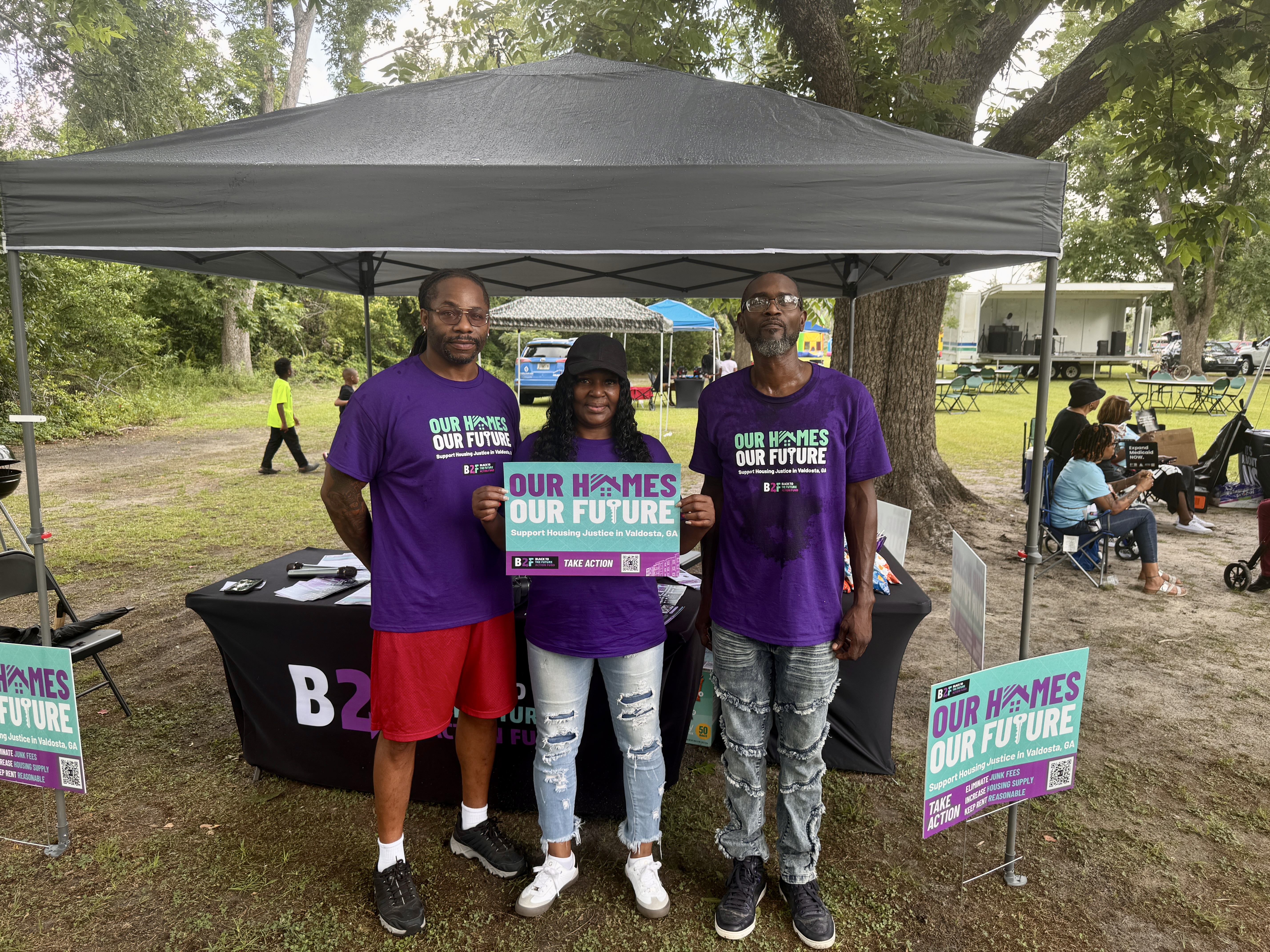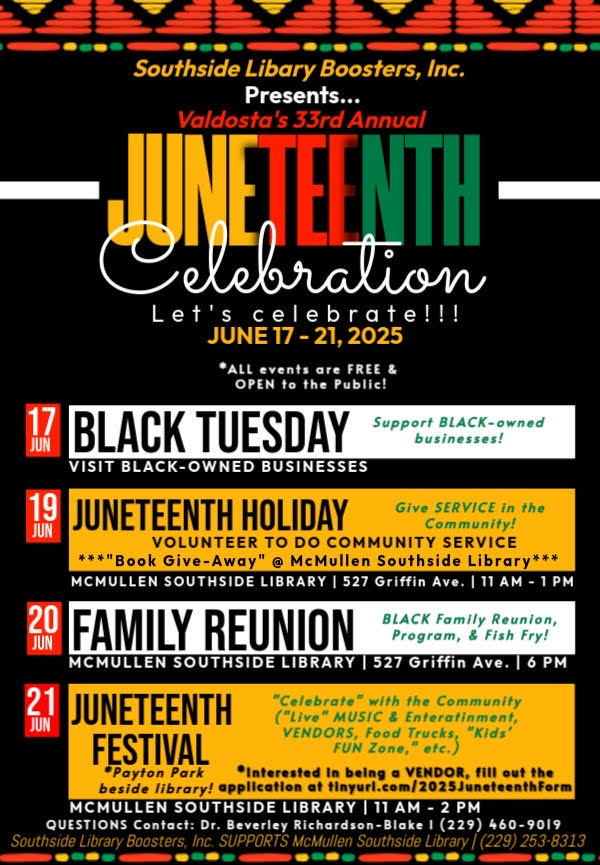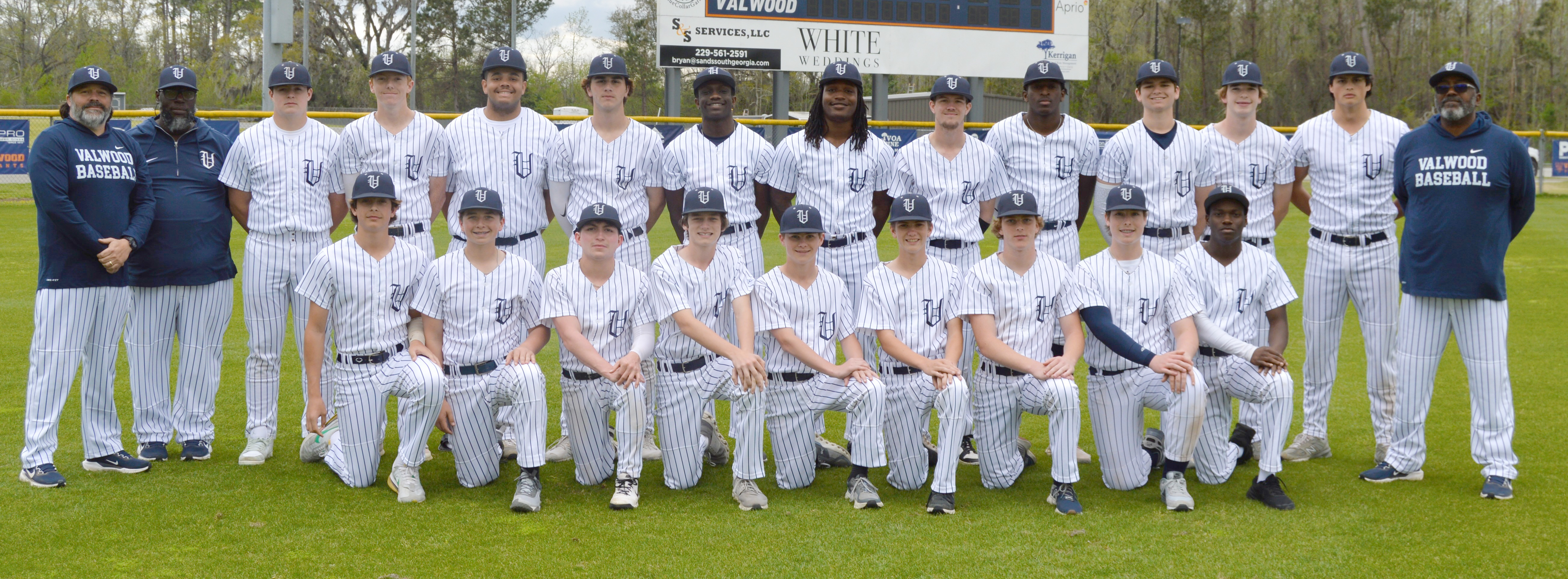DEAN POLING: Newspaper there for you; are you there for the newspaper?
Published 9:38 am Friday, September 29, 2023

- Dean Poling
I failed.
My last day after 34 years with The Valdosta Daily Times, two days after Hurricane Idalia, that’s how it felt.
Like a failure.
During past hurricanes and massive weather events, newspaper staff posted numerous updates to The Times website. In some cases, staff posted updates and weather alerts throughout the night. In the aftermath of past storms, we had posted live warnings from officials about road closures, downed lines; we had posted power outage numbers.
After Idalia, like 95% of South Georgia, The Times and its staff had no electricity, no internet, then no cell service.
In past storms, Times staffers could connect to the internet via personal hot spots from home or in the field and we could post breaking news to the newspaper website – electricity or no electricity. Or we could work out of the newspaper office which in past storms typically never lost power or had electricity restored soon after the brunt of a storm.
Not this time.
No cell service, no hot spots on our phones. No power at The Times office or press facility or our homes. No updates to The Times website within hours after the storm.
So, we scrambled for places with power and internet. Valdosta reporters worked out of sister newspaper offices in Thomasville and Moultrie. Page designers who work on print editions moved their work stations from the darkened Times office to The Thomasville Times-Enterprise office. I worked out of The Tifton Gazette office. In the first days after the storm, The Valdosta Daily Times was printed by the newspaper press out of Milledgeville then transported back to Valdosta. Carriers and postal workers threaded through downed power lines and trees to deliver the newspaper as best they could.
Publisher Laurie Gay did an amazing job coordinating all of these moving parts.
The news staff made the print deadlines, prepping print editions filled with Idalia-related news.
A month earlier, I set a retirement date of Sept. 1 as my last day after nearly 34 years with The Valdosta Daily Times plus a few previous years with another newspaper. My last week would have been strange in the best of circumstances but working isolated in another town while Valdosta was in shambles was surreal.
On that last afternoon, with the print edition sent to the press, I spent my last few moments as editor of The Valdosta Daily Times alone in the otherwise empty Tifton Gazette office, feeling like a failure. Like I hadn’t done enough in the aftermath of Idalia.
A few minutes later, shortly after 5 p.m., Sept. 1, I turned out the lights, locked the door to The Tifton Gazette office and drove back to Valdosta in a drizzling rain.
And that’s how my full-time newspaper career ended after nearly 40 years.
A few days later, visiting a local business, a friend and I were talking about the hurricane, clean up, lack of power and internet.
“It’s five days after the storm,” he said, “and without TV or the internet, I still don’t know if there were any fatalities. I don’t know what the wind speeds were. How much rain we got or the amount of property damage.”
I answered, “There was sadly one fatality reported. According to the National Weather Service based on Moody Air Force Base readings, wind speeds were about 50 miles per hour sustained with gusts at about 64 mph. We got about seven inches in rain, again according to the National Weather Service based on Moody readings. and it’s too early for money amounts in property damage.” – At least it was five days after the storm.
Now, this man has known me for years. He knows where I work … OK, worked. Still, he asked, “How do you know all that?”
“It was all in the newspaper. The edition right after the storm.”
“Oh, I don’t subscribe to the newspaper,” he said. “I don’t know why I don’t. Maybe I should.”
He should. Everybody should.
And if not subscribing, pick up a single copy. Or now that the power’s back, visit The Times website regularly.
My feelings of failure were gone after that conversation. A few other interactions changed my impressions even more.
A few people reached out to me wondering why the newspaper didn’t print at least a broadsheet of resources after the storm. The inquiry came mostly from people who are known as regular readers of the newspaper – people I consider well intentioned about the health of the newspaper and the community.
But one of the messages came from a guy who regularly notes he doesn’t subscribe to the newspaper and proudly holds the newspaper in contempt. and now he wondered why the newspaper wasn’t providing a service he suddenly needed. Why it wasn’t there the way he wanted it there for him when he needed it.
Because a newspaper cannot survive without community support from subscribers, from advertisers, from readers.
As I told him: The community must be there for the local newspaper if the local newspaper is going to be there for the community … whether that’s everyday or in times of dire emergency.
Your local newspaper will find a way to get information to you – even in the worst of times – but you have to be there for the newspaper in the best of times for that to continue.





